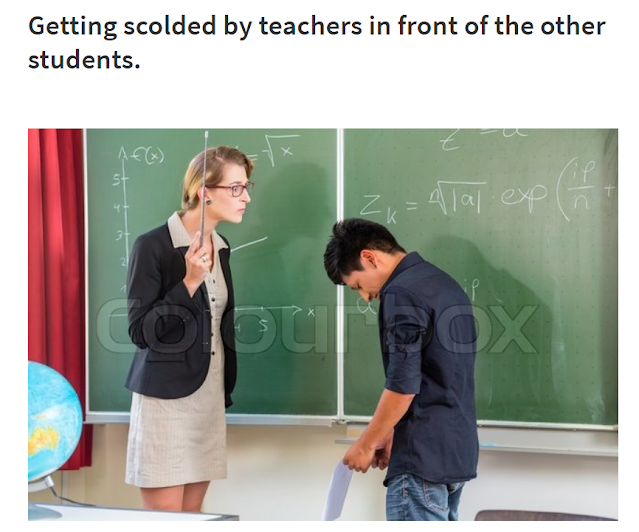Teachers Teach More than Math and Reading
There is a growing enthusiasm for social emotional learning (SEL). It does make sense to focus not just on the academic side of education. Education must be holistic. The academic, social and emotional needs of a child must be met. Unfortunately, a greater recognition for the importance of SEL sometimes misses the fact that unlike academic goals, SEL is often caught and not taught. How a teacher treats his or her students dramatically affects the social and emotional well-being of a child. This beats any formal teaching of self-awareness, self-management, social awareness, relationship skills, and responsible decision making. It is more about what we actually do and not what we say. Mashi Liyanage, a seventeen year old, writes in a blog an experience she always remembers from her 7th grade, "In my school life, there are many things that scare me. Getting punished for not doing homework, going late to the school, getting low marks on my exams and many more. But there is one thing that I hate the most and fear the most: Getting scolded by teachers in front of the other students."
 |
| Above copied from Steemit |
Mashi's reflections are actually supported by research. Published in the journal Review of Educational Research, Endedijk and co workers show that the way a teachers treat the students has serious ramifications. This article is a meta-analysis of several hundreds articles published in the past two decades. The strong effects are even found to be stronger for negative interactions. This suggests that a mean teacher is much more effective in ruining student behavior than a kind teacher in promoting good behavior. The authors conclude, "... our findings indicate that teachers have the potential to make a difference in students’ peer relationships, especially in the case of students with behavioral problems. Our results suggest that, in particular, negative teacher–student relationships and corrective teacher feedback may have negative consequences for a student’s peer relationships. Therefore, teachers may wish to focus on preventing or reducing negative interactions with students who are at risk of negative peer relationships rather than increasing friendly interactions...."
Comments
Post a Comment